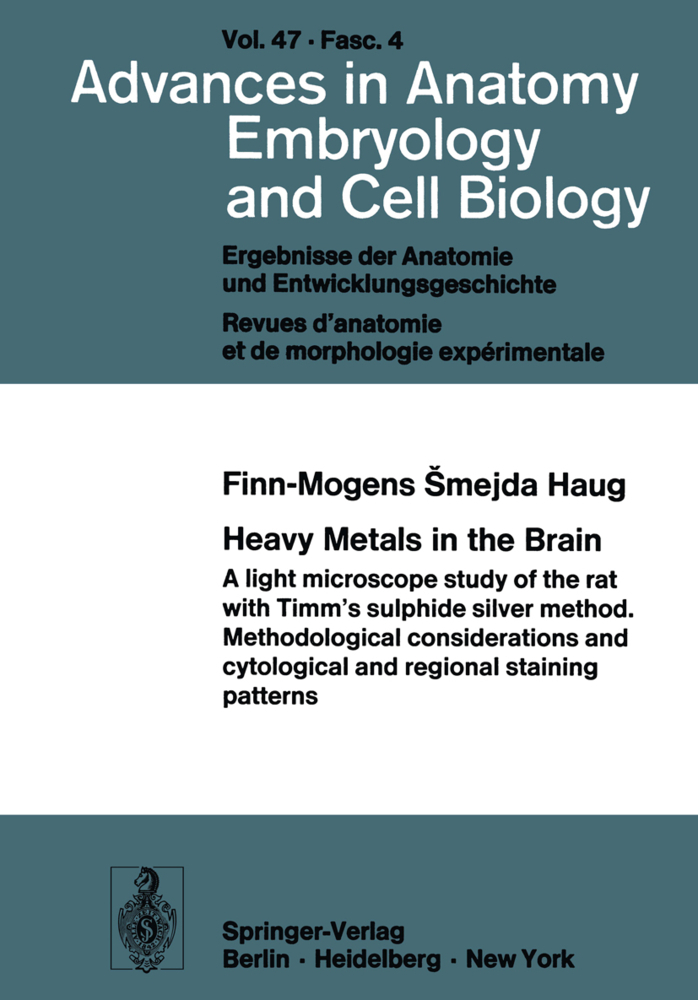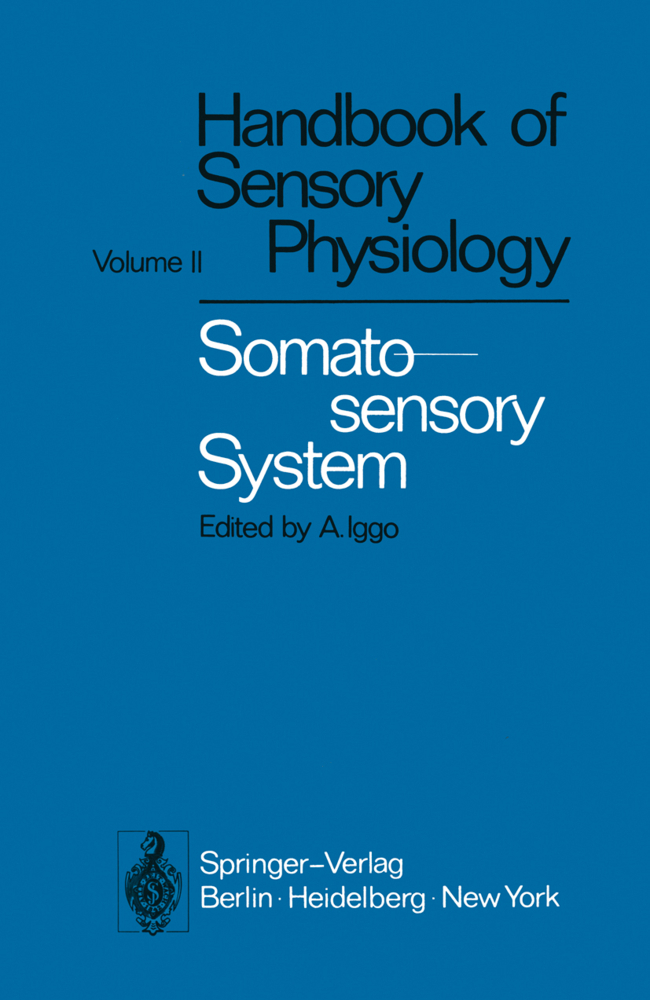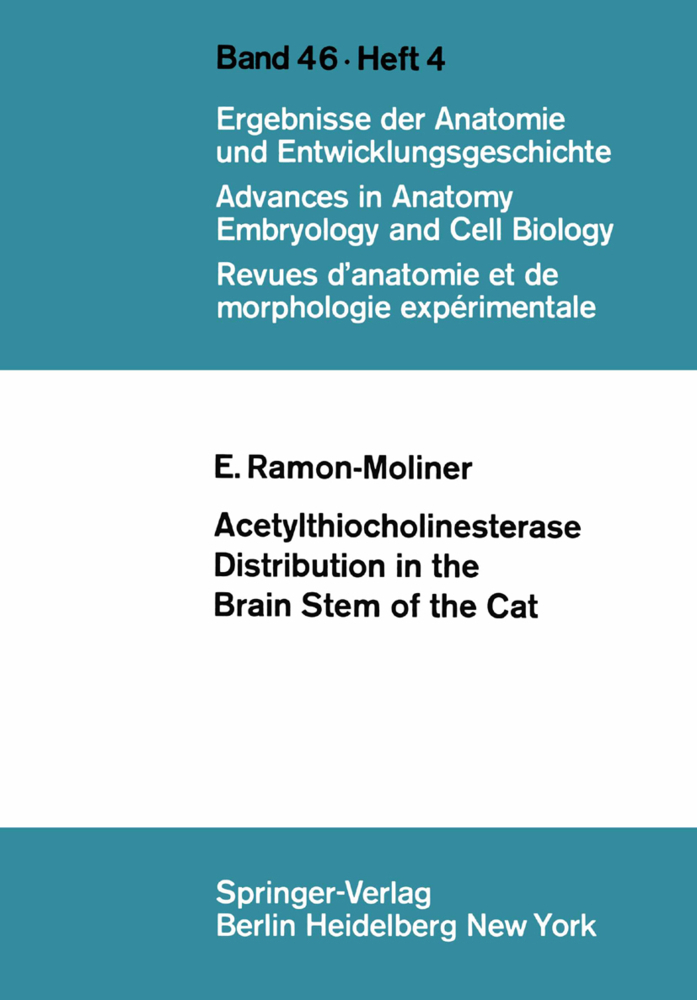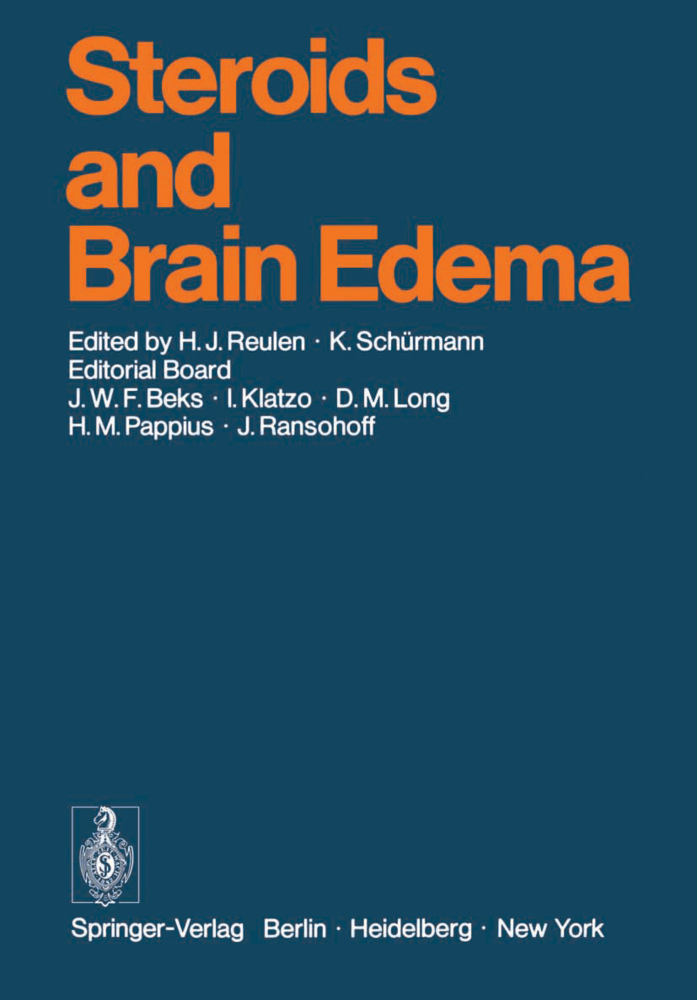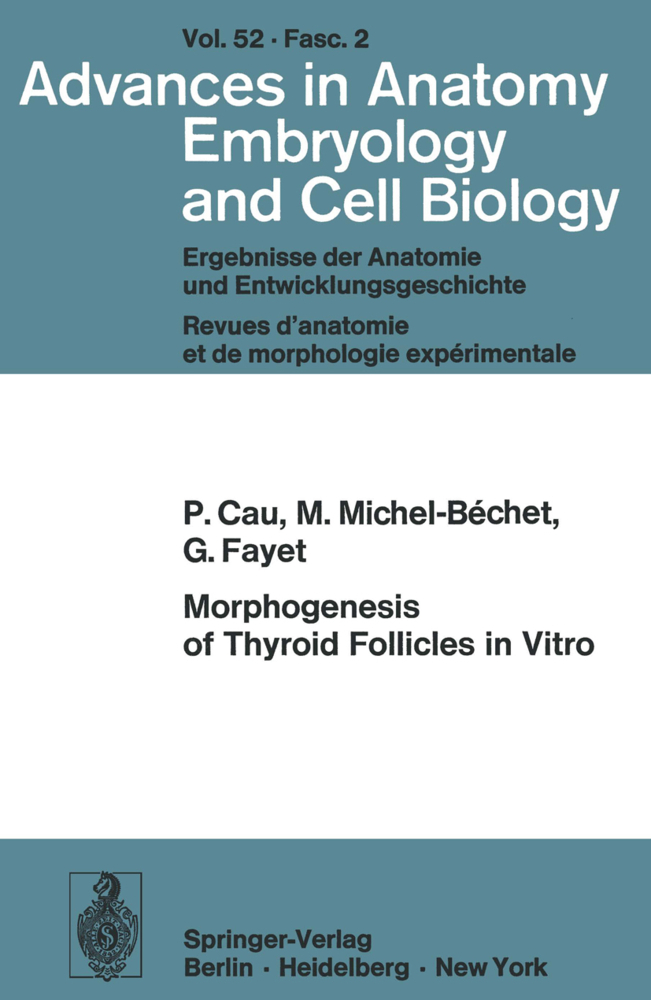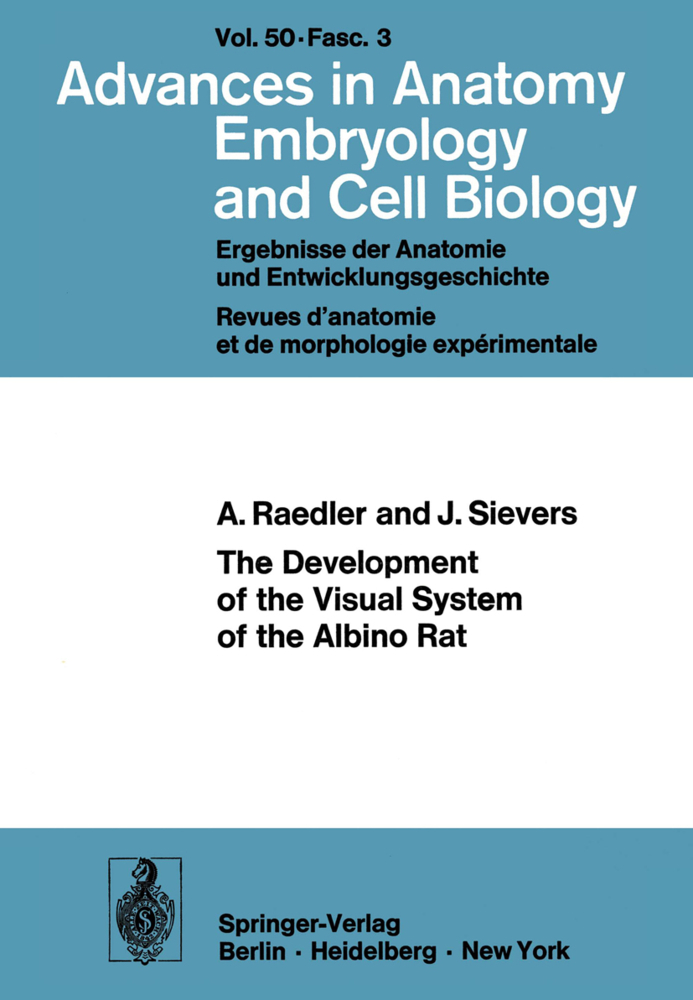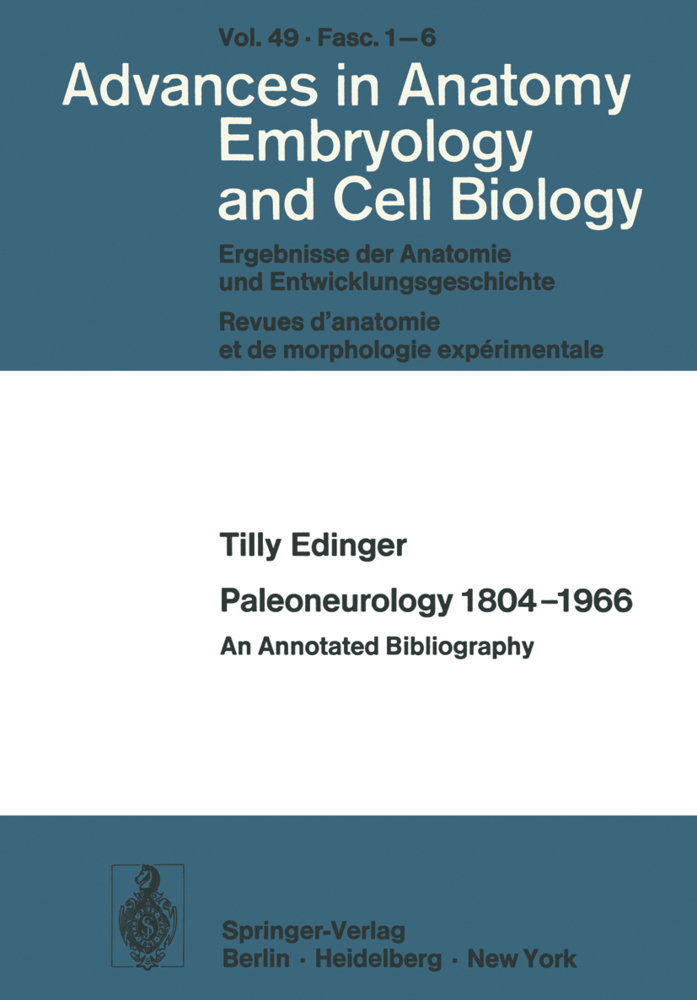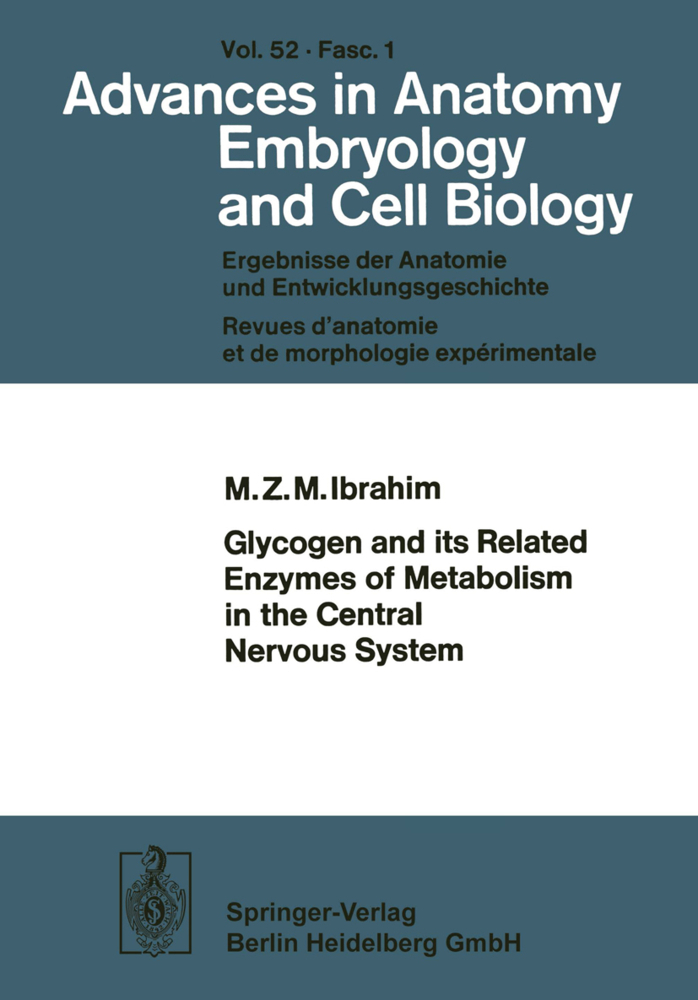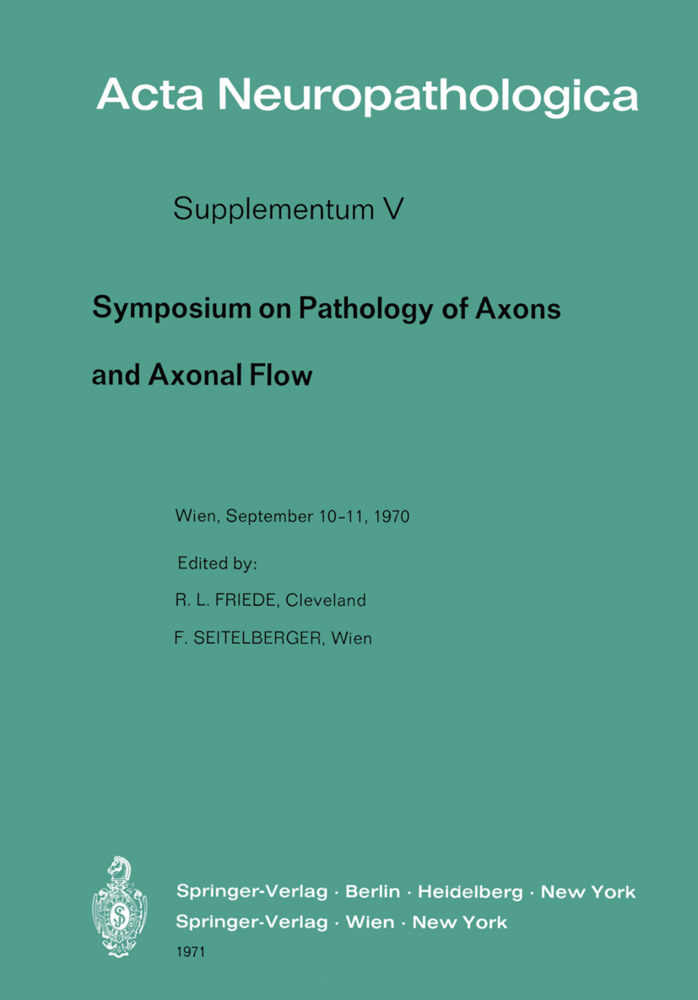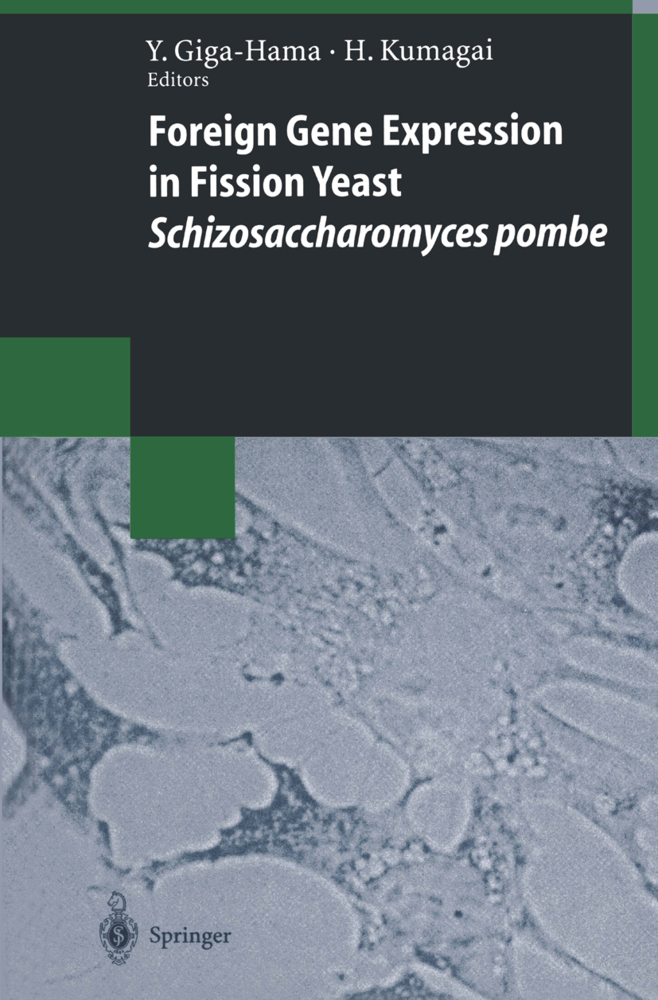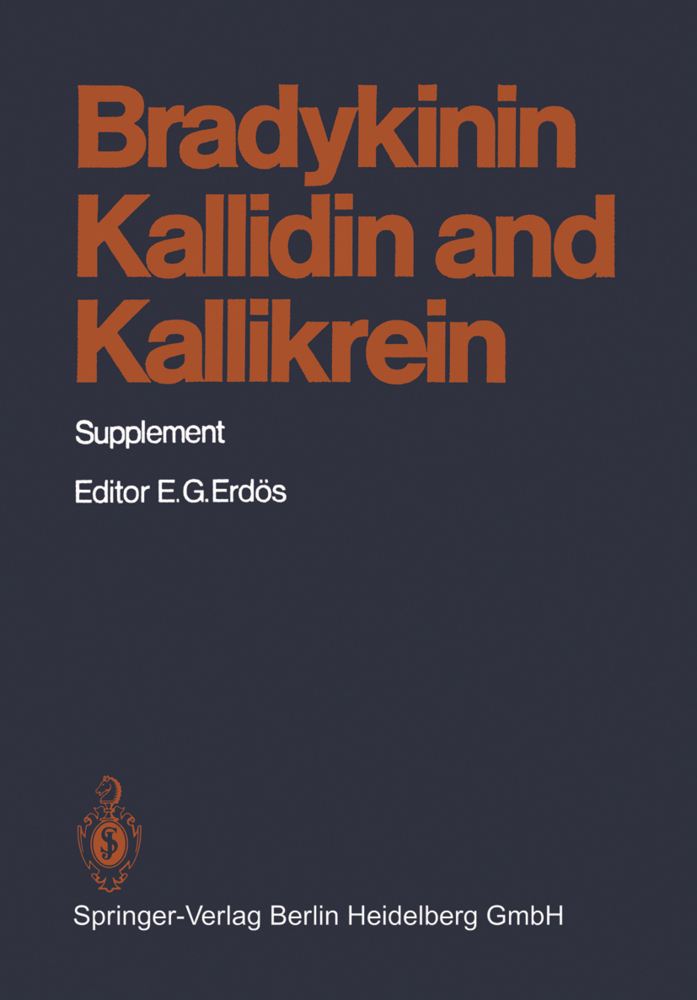Heavy Metals in the Brain
A Light Microscope Study of the Rat with Timm's Sulphide Silver Method. Methodological Considerations and Cytological and Regional Staining Patterns
Heavy Metals in the Brain
A Light Microscope Study of the Rat with Timm's Sulphide Silver Method. Methodological Considerations and Cytological and Regional Staining Patterns
The importance of transition metals and group II b metals in biological reac tions is becoming increasingly clear. Such metals form an integral part of the structure of many enzymes and non-enzymic proteins and also feature in more reversible interactions between metal ions and large or small biological molecules (Johnson and Seven, 1961). As discussed at the end of this paper, chemical analyses have shown the presence of these metals in the central nervous system and some hypotheses have been advanced concerning their role in more specific nervous activities such as synaptic processes. In order to define more precisely the role of these trace metals it is clearly necessary to investigate their regional and cytological distribution, as may be achieved by the use of histochemical methods. Some of the earliest neurohistochemical studies were concerned with trace metals, especially iron, in the brain (Spatz, 1922). Later reports on the localiza tion of trace metals have been comparatively few, except as regards the hippo campal region. Maske's report (1955) that intravital injections of the coloured chelating agent, dithizone, revealed an accumulation of zinc within the hippocampus, prompted aseries of investigations by Fleischhauer and Horstmann (1957), Timm (1958a), McLardy (1960, 1962, 1963, 1964), von Euler (1962), and others, in which the intravital dithizone method or Timm's sulphide silver method was used. As a result, particularly intense staining was found to correspond to the zones receiving mossy fibre terminals (Cajal, 1911; Blackstad et al. , 1970).
Sulphide Treatment, Sectioning and Postfixation
Staining of Sections ("Physical Development")
Preparation of Paraffin Material
Photography of Sections
III.Observations
A.Temporal Course of the Development
B.General Distribution of the Stain in Grey and White Matter
B.Regional Staining Patterns
IV.Discussion
A.The Sulphide Silver Method
B.Variations in the Results
C.Chemical Interpretation of the Staining
D.The Cellular Localization of the Stain
E.Timm Staining of Paraffin Sections
F.Concluding Remarks
V.Summary and Conclusions
Acknowledgements
References.
I. Introduction
II. Material and MethodsSulphide Treatment, Sectioning and Postfixation
Staining of Sections ("Physical Development")
Preparation of Paraffin Material
Photography of Sections
III.Observations
A.Temporal Course of the Development
B.General Distribution of the Stain in Grey and White Matter
B.Regional Staining Patterns
IV.Discussion
A.The Sulphide Silver Method
B.Variations in the Results
C.Chemical Interpretation of the Staining
D.The Cellular Localization of the Stain
E.Timm Staining of Paraffin Sections
F.Concluding Remarks
V.Summary and Conclusions
Acknowledgements
References.
Smejda Haug, Finn-Mogens
| ISBN | 978-3-540-06213-4 |
|---|---|
| Artikelnummer | 9783540062134 |
| Medientyp | Buch |
| Copyrightjahr | 1973 |
| Verlag | Springer, Berlin |
| Umfang | 71 Seiten |
| Abbildungen | 71 p. 79 illus. |
| Sprache | Englisch |

